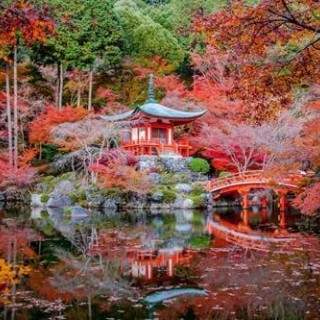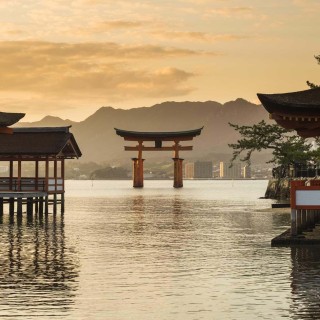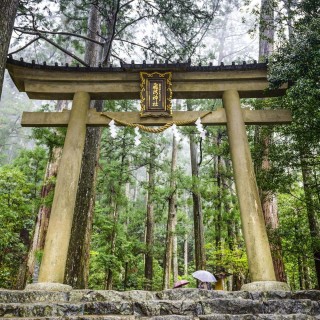Tailor-Made Tour
- Duration18 Days
- Flights IncludedYes
- Prices From £ 8500
 Places Visited :
Tokyo, Kiso-Fukushima, Nakasendo Way, Takayama, Kanazawa, Kyoto, Hiroshima, Miyajima, Osaka, Hakone
Places Visited :
Tokyo, Kiso-Fukushima, Nakasendo Way, Takayama, Kanazawa, Kyoto, Hiroshima, Miyajima, Osaka, Hakone
The “Middle Mountain Way” or the Nakasendo Way follows an old 500km long transportation route between Tokyo and Kyoto. On this varied itinerary, discover bustling Tokyo and traditional Kyoto, and walk a section of the route, exploring the old post towns of Magome and Tsumago either side. Tsumago is the best preserved of the numerous post towns, and arguably the most picturesque too. Also take in the Edo-period charm of Takayama’s old town and the traditional splendours and unique culture of Kanazawa, and the big cities of Osaka and Hiroshima before relaxing at the popular thermal resort Hakone.
In a little over two weeks, you can experience a number of Japan’s ‘must-dos’ including a stay in a ryokan; relaxing in an onsen; getting an insight into the life of a geisha; enjoying the sumptuous cuisine Japan has to offer and marvelling at the natural beauty of the Central Alps, all whilst utilising Japan’s wonderful rail network and travelling on the famous bullet trains.
Remember, this trip can be personalised to suit your travel needs - we can tailor everything from hotel, travel type, duration and more.

















